Unlock Hidden Insights: Pseudogene Analysis with GeneQuery™ qPCR Kits!
.jpg)
Unlock Hidden Insights: Pseudogene Analysis with GeneQuery™ qPCR Kits!
Pseudogenes are DNA segments similar to functional genes but with lost function. They were first described in 1977. Based on origin, they are classified as processed (e.g., human PTENP1), non-processed (e.g., human ARHGAP27P1), or unitary (e.g., human GULOP).
While many may not be functional or transcribed, a significant number play critical roles in biology and disease. A common function is acting as competing endogenous RNAs (ceRNAs), influencing the expression of their functional counterparts. Some also show tissue-specific expression. Despite their importance, their high sequence similarity to functional genes makes specific transcript analysis challenging.
Their origins lead to a general classification into three main types:
- Processed or retro-transposed pseudogenes, such as the human pseudogene PTENP1, which arise from the spontaneous reverse transcription of mRNA fragments
- Non-processed or duplicated pseudogenes, exemplified by the human pseudogene ARHGAP27P1, which result from gene duplication events followed by random mutations over evolutionary periods
- Unitary or disabled pseudogenes, like the human pseudogene GULOP, which were originally functional genes but became deactivated due to spontaneous mutations during evolution
ScienCell addresses this with GeneQuery™ Pseudogene Transcription Analysis qPCR kits. These kits are designed to facilitate the transcript quantification of a target pseudogene and its corresponding functional gene or a highly related gene.
Featured kits:
Why Choose ScienCell for Pseudogene Transcription Analysis?
Our GeneQuery™ kits are engineered to provide researchers with confidence and ease of use in tackling this complex area of molecular biology. Here's what sets them apart:
- Unparalleled Specificity: Our primers are carefully designed to ensure that each primer set only amplifies the designated gene or pseudogene without cross-amplification. This is critical for precise quantification, overcoming the challenge posed by high sequence similarity. Single band amplification is confirmed for each set of primers through gel electrophoresis
- Comprehensive Transcript Coverage: Primer sets are designed to recognize all known transcript variants of the target gene, unless stated otherwise
- qPCR Ready Convenience: The kits are supplied in a 96-well plate format, ready for qPCR with lyophilized primers pre-dispensed in each well. This saves valuable time and minimizes handling steps
- Optimized and Validated Performance: Primers are designed for an optimal annealing temperature of 65°C in standard conditions. All primer sets undergo rigorous validation by qPCR with melt curve analysis and gel electrophoresis.
- Essential Built-in Controls: Each plate includes six crucial controls to ensure the reliability and accuracy of your results
- Clear Data Analysis Guidance: The kits provide guidance on using the Comparative ∆∆Cq method for quantification, strongly recommending the use of all three included housekeeping genes for normalization. An example calculation is included for clarity
- Instrument Compatibility: Our kits are designed to be compatible with a wide range of popular qPCR instruments from brands like ABI/Life Tech, Bio-Rad, Eppendorf, and Stratagene, with specific catalog numbers available for different plate types (A, B, C)
Invest in Accuracy and Efficiency
By choosing ScienCell GeneQuery™ Pseudogene Transcription Analysis qPCR kits, you gain access to highly specific, validated, and convenient tools designed to accurately quantify pseudogene and gene transcripts. This allows you to generate reliable data and accelerate your research into the critical roles of pseudogenes.

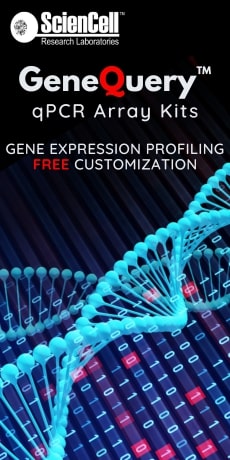

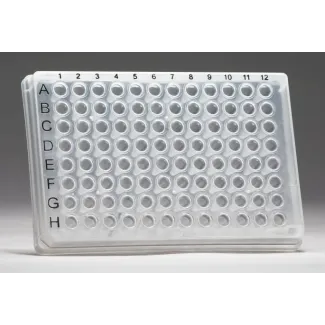
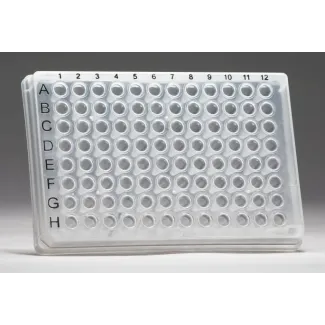



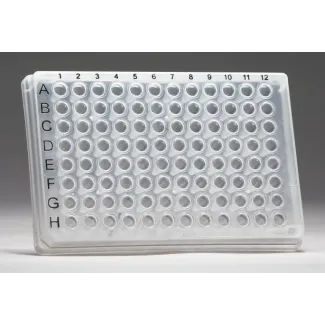
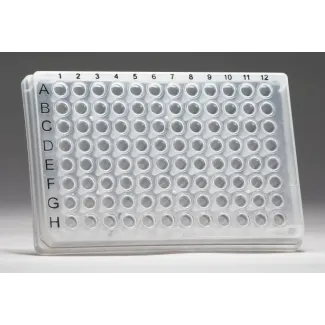
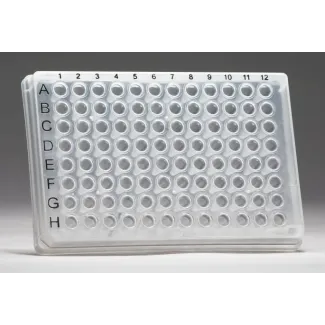
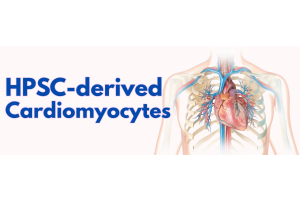
.jpg)
.jpg)
.jpg)
.jpg)